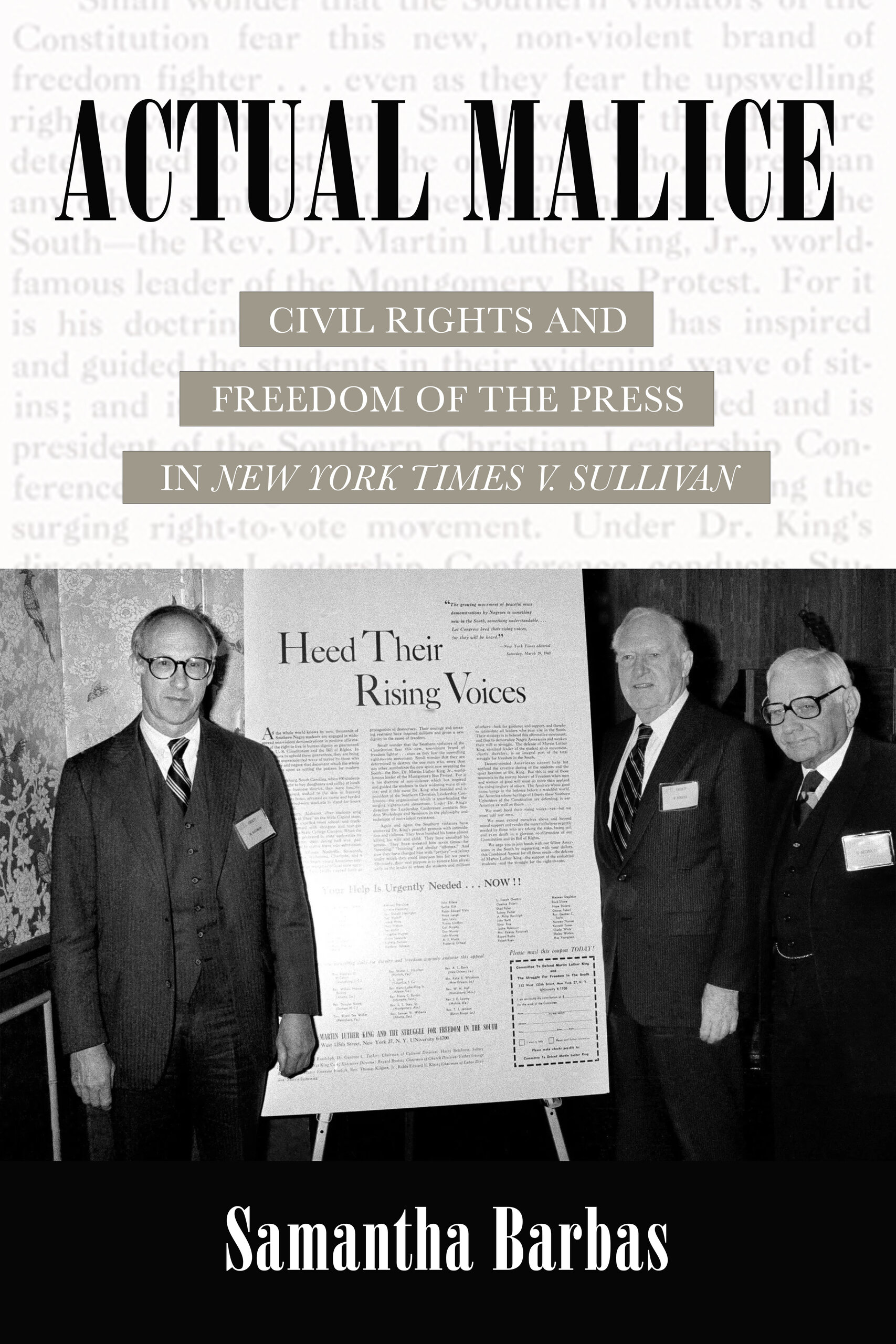The libel lawsuit filed in March 2021 by Dominion Voting Systems against Fox News, over the network’s coverage of claims that the company had rigged the 2020 election, was settled this spring, but the case may soon become an artifact of a vanished era. In pretrial skirmishing, the two sides agreed on this much: the law of libel is governed by the Supreme Court’s 1964 decision in New York Times v. Sullivan. In the last legal arguments before the jury was to be seated, Rodney A. Smolla, one of the lawyers for Dominion, called Sullivan “the landmark decision that is the genesis for all of our modern First Amendment principles involving defamation law.” Erin E. Murphy, a lawyer for Fox, likewise said that the principle governing the case “starts in Sullivan.” But the emboldened conservative majority on the Supreme Court, having dispatched Roe v. Wade to the dustbin of overruled precedents, may now target Sullivan for the same treatment. Such a change would have fundamental consequences for both those who speak and those who are spoken about.
It’s a fitting time, then, to take a fresh look at Sullivan—how it came about and what it means today. In Actual Malice: Civil Rights and Freedom of the Press in New York Times v. Sullivan, Samantha Barbas, a professor at the University of Buffalo School of Law, tells the improbable story of the advertisement that gave rise to the case and the decision that Justice William J. Brennan ultimately wrote. It’s a tale that has been told before—notably in books by Anthony Lewis and Aimee Edmondson*—but Barbas has a distinctive and relevant argument.
Like the earlier authors, Barbas makes the reasonable claim that Sullivan represented a straightforward battle between good and evil. It was, she writes, “one of a string of libel lawsuits brought by Southern segregationist officials against Northern media outlets…to prevent them from reporting on the civil rights movement.” By ruling for the Times, the Supreme Court “freed the press to cover the civil rights movement” and, not incidentally, likely saved the newspaper from being bankrupted by the damages it would have been ordered to pay in this and similar libel cases. But Barbas’s endorsement of the Sullivan decision is more nuanced than those of Lewis and Edmondson, and more reflective of the current moment. She appreciates the need for libel lawsuits at a time when “damaging falsehoods can spread online with a click, and reputations [can be] destroyed instantly.” But she recognizes that the protections of Sullivan are needed as much, or more, by individuals as by media companies. The story of Sullivan, and of the precedent’s possible demise, reveals as much about our own times as it does the 1960s.
